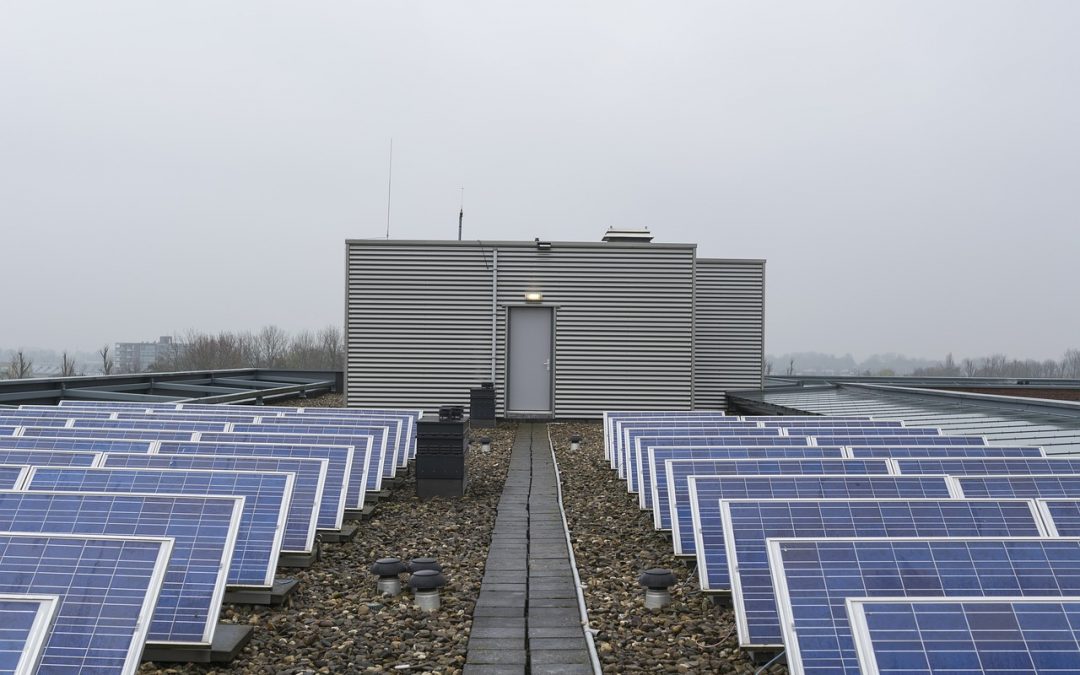From 2010-15, the cost of installing solar panels, for both large-scale utilities as well as residential properties, dropped by over 50%. Further, solar generation prices fell in tandem with this trend, to as little as 3 cents per kilowatt-hour, leading experts to predict that, by 2025, solar may well be cheaper than coal.
But for all its advantages (and they are many), solar panels have one major weakness: they are less efficient during cloudy or rainy days. In cities like Seattle or London, which are often blanketed by clouds or rain, this means decreased efficiency, and perhaps, a higher operating cost.
No longer. Chinese scientists in the northeastern city of Qingdao have developed a special solar panel coated in a single sheet of graphene. First discovered in the British city of Manchester, graphene is an impossibly thin layer of carbon that is one atom thick–and has already been used in a number of applications.
At the heart of this rainproof solar technology is a clever hack that relies heavily on chemical knowledge: because rainwater isn’t pure (it contains calcium, sodium, and ammonium, among other compounds), it reacts with graphene, rotating electrons and generating a small voltage. This charge can then be captured by capacitators and turned into electricity.
Still, as groundbreaking as this technology is, it’s not perfect. These graphene-coated solar panels can only convert about 6.5% of the rain they receive into energy, whereas today’s solar panels can convert up to 22.5% of sunlight into electricity. More importantly, these panels aren’t producing enough electricity: the small electric charges generated by raindrops are tiny microvolts, far below what’s needed to power a single appliance, let alone a home.
Clearly, there’s still a long way to go. But if anything, coating solar panels in thin sheets of graphene may one day push them to become the powerful, all-weather energy source that our planet so desperately needs.

